The digital mental-health market is currently characterized by a dynamic competitive landscape, driven by increasing demand for accessible mental health solutions and the integration of technology into therapeutic practices. Key players such as Talkspace (US), BetterHelp (US), and Headspace (US) are strategically positioned to leverage their digital platforms to enhance user engagement and expand their service offerings. Talkspace (US) focuses on providing a comprehensive suite of therapy options, including text, video, and audio messaging, which caters to diverse user preferences. Meanwhile, BetterHelp (US) emphasizes affordability and accessibility, aiming to reach a broader audience through partnerships with employers and insurance providers. Headspace (US) has carved a niche in mindfulness and meditation, appealing to users seeking preventive mental health care. Collectively, these strategies contribute to a competitive environment that prioritizes user-centric solutions and technological innovation.
In terms of business tactics, companies are increasingly localizing their services to cater to specific demographic needs, optimizing their digital platforms for user experience. The market appears moderately fragmented, with numerous players vying for market share, yet dominated by a few key companies that significantly influence trends and consumer preferences. This competitive structure fosters innovation, as companies strive to differentiate themselves through unique offerings and enhanced user engagement strategies.
In October 2025, Talkspace (US) announced a partnership with a leading health insurance provider to offer subsidized therapy sessions, which is expected to enhance accessibility for users who may have previously faced financial barriers. This strategic move not only broadens Talkspace's user base but also positions the company as a leader in integrating mental health services with traditional healthcare frameworks, potentially setting a precedent for future collaborations in the industry.
In September 2025, BetterHelp (US) launched a new AI-driven feature that personalizes therapy recommendations based on user interactions and preferences. This innovation reflects a growing trend towards the integration of artificial intelligence in mental health services, suggesting that BetterHelp is keen on enhancing user experience and engagement through technology. Such advancements may lead to improved therapeutic outcomes and user satisfaction, thereby strengthening BetterHelp's competitive position.
In August 2025, Headspace (US) expanded its offerings by introducing a new program focused on workplace mental health, targeting corporate clients looking to enhance employee well-being. This strategic initiative not only diversifies Headspace's service portfolio but also aligns with the increasing recognition of mental health's impact on productivity and employee satisfaction. By tapping into the corporate sector, Headspace is likely to capture a new revenue stream while reinforcing its brand as a leader in mental wellness.
As of November 2025, the competitive trends in the digital mental-health market are increasingly defined by digitalization, sustainability, and the integration of AI technologies. Strategic alliances are becoming more prevalent, as companies recognize the value of collaboration in enhancing service offerings and expanding market reach. Looking ahead, competitive differentiation is expected to evolve, with a shift from price-based competition towards innovation, technological advancements, and supply chain reliability. This transition may redefine how companies engage with users, ultimately fostering a more sustainable and effective mental health ecosystem.


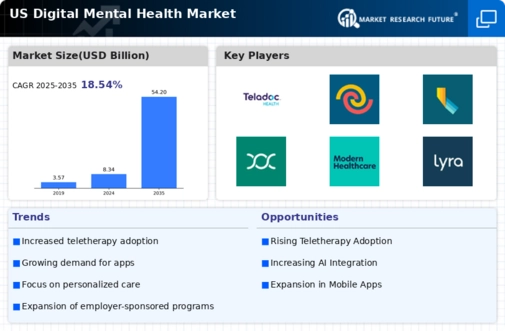
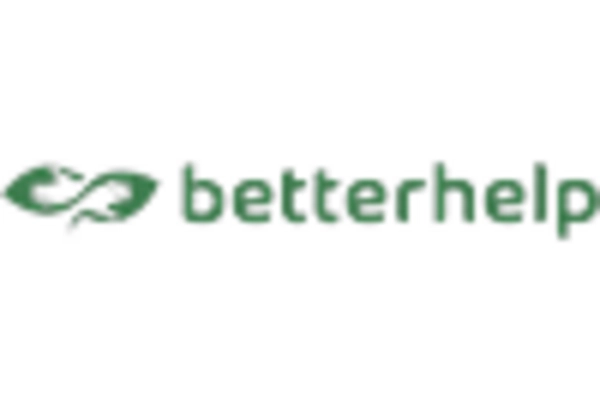
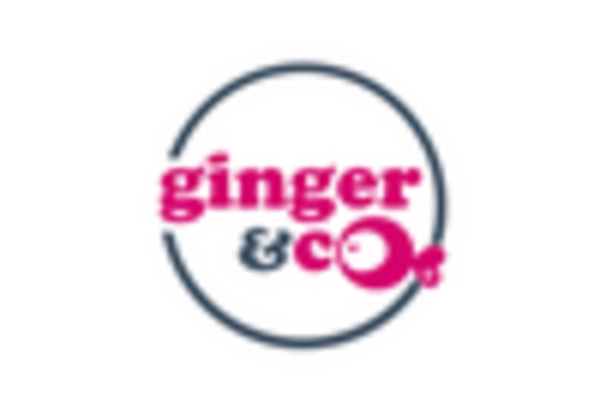
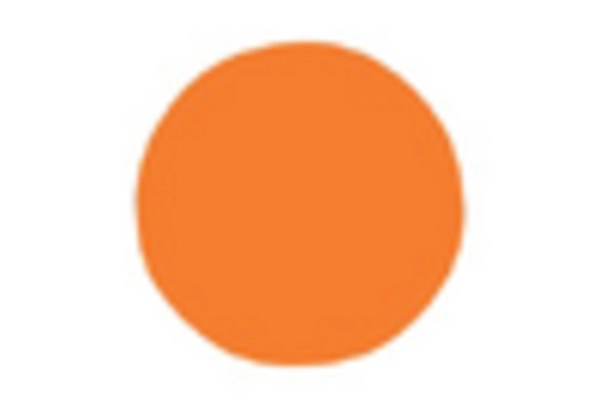
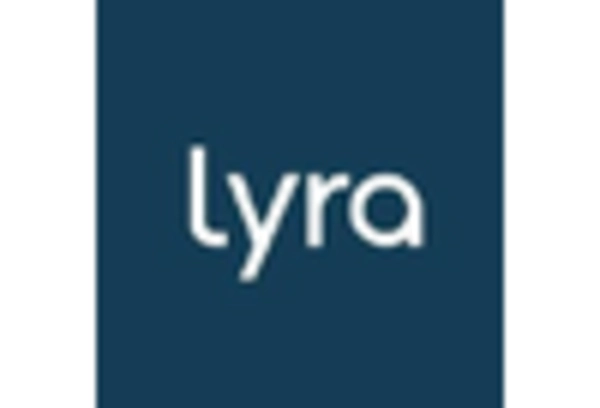
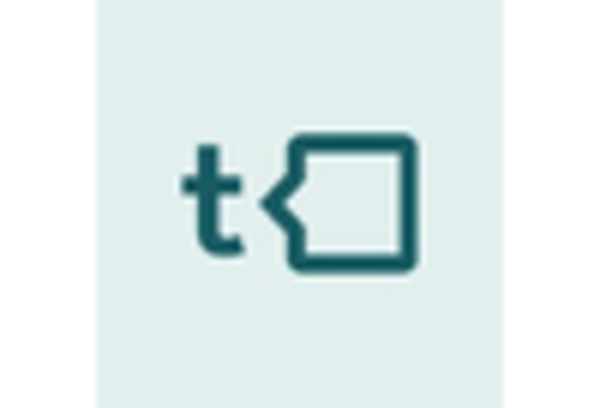
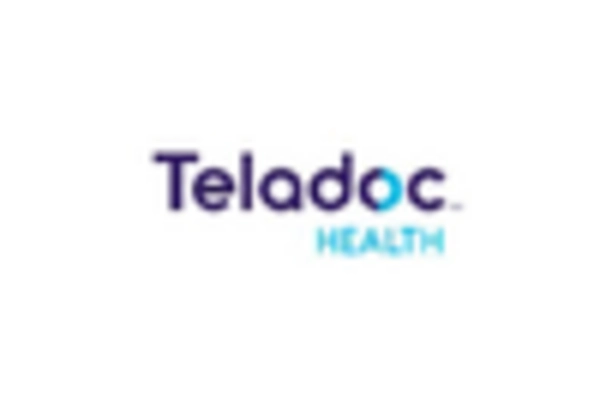








Leave a Comment